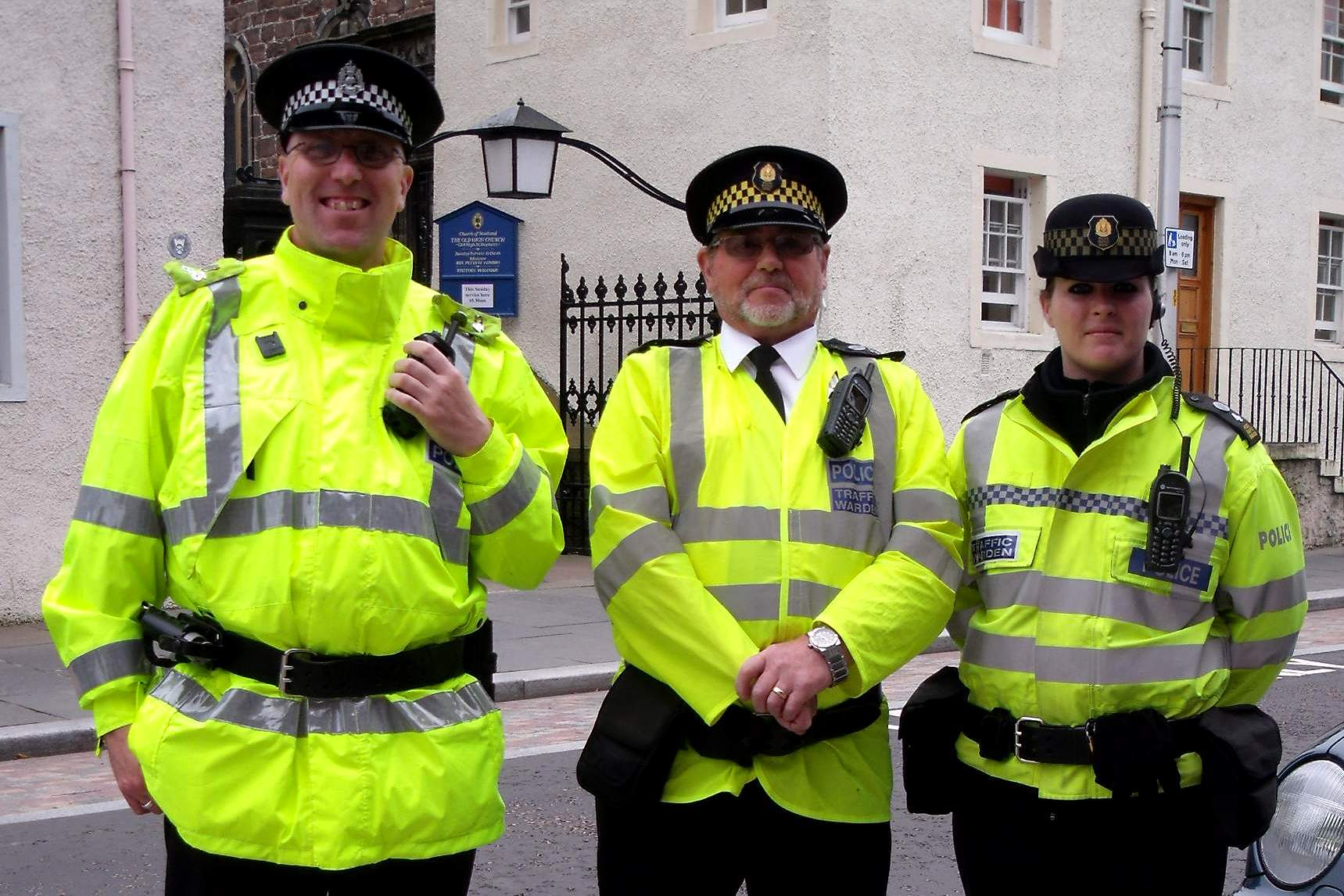Is the United Kingdom more violent than the United States?
In my last piece debunking bad statistics on this question, I tackled the specific claim that Britain is five times more violent than the US, which typically goes something like this: “Britain has a violent crime rate of 2,034 crimes per 100,000 people, while the US is rate only 466! Therefore, [insert political agenda]!”
But, as I pointed out, the definitions for “violent crime” are very different in the US and UK. The FBI’s Uniform Crime Reports defines a “violent crime” as one of four specific offenses: “murder and nonnegligent manslaughter, forcible rape, robbery, and aggravated assault.”
By contrast, the British Home Office defines violent crime as murder, robbery, and all “crimes against the person” (including simple assault), as well as all “sexual offenses,” as opposed to the FBI, which only counts “aggravated assaults” and “forcible rapes.”
This totally changes the picture of “violent crime” in the two countries, and I concluded that, because of fundamental differences in the way crime is defined and categorized, it is simply impossible to accurately compare the rates of “violent crime” in the two countries.
But while I debunked a bad statistic, I didn’t answer the question of which country is more violent. The best way to get around the different definitions is to break it down into specific offenses and compare those rates in the US and the UK.
Here is the data, from the United Nations Office on Drugs and Crime, the British Home Office, and the FBI’s Uniform Crime Reports.
2010 – US – rates per 100,000
- Homicide rate: 4.8
- Robbery rate: 119.1
- Rape rate: 54.2 per 100,000 female inhabitants
- Prior to 2013*, the FBI’s definition of “forcible rape” was “carnal knowledge of a female, forcibly and against her will.” Under this definition, rape is a crime that can only be committed against women, so the FBI gives the rate per 100,000 females.
- Prior to 2013*, the FBI’s definition of “forcible rape” was “carnal knowledge of a female, forcibly and against her will.” Under this definition, rape is a crime that can only be committed against women, so the FBI gives the rate per 100,000 females.
2010 – UK (England and Wales) – rates per 100,000
- Homicide rate: 1.2
- Robbery rate: 137.9
- Rape rate: 27.4
- This includes 13,991 rapes of females and 1,174 rapes of males. The 2010 mid-year population estimate for England and Wales was 55.2 million, including 28 million women. The rate of rape for women was 49.9 per 100,000 female inhabitants.
Bottom line: In 2010, the US murder rate was four times higher than the UK’s. In the UK, the robbery rate was 15% higher than the US. Given the FBI’s anachronistic definition of rape, it is hard to compare, but the rate for females was about 8% higher in the US.
Assault
In both countries, assault makes up the majority of violent crime. The British definition includes a variety of “crimes against the person,” such as “causing public fear, alarm, distress,” that would not be counted under the FBI’s narrower definition of “aggravated assault,” which excludes simple assault, making it very difficult to compare the two.
In 2010, the US had an aggravated assault rate of 252.3 per 100,00.
In the UK, the rate of “violence against the person” stood around 1,579 crimes per 100,000 people. But of those 871,000 crimes, less than half involved actual injury. Of the 400,000 crimes against the person that did involve injury, 350,000 were assaults involving “actual bodily harm” (ABH), as opposed those involving “grievous bodily harm” (GBH). The FBI’s definition of an “aggravated assault” is an attack “for the purpose of inflicting severe or aggravated bodily injury,” usually with a deadly weapon, which seems closer to assault with the intent to cause GBH.
Doing some back of the envelope calculations, if we include all crimes against the person involving any injury, however slight, the assault rate is 727. It’s impossible to know exactly how many of the assaults occasioning ABH would be “aggravated” under the US definition, but if we were to arbitrarily exclude half of them, the rate would fall to about 402. If we excluded all of them, only counting the most serious assaults causing GBH, it would be around 76 per 100,000.
The vast range of possible figures here illustrates the difficulty of comparing countries’ crimes rates when the definition of an offense is unclear or subjective.
Bottom line: Britain may have higher rate of aggravated assault than the US, but it’s impossible to say by how much. It might be a lot higher, but it might also be much lower.
Moral of the Story: Don’t Do This
The lesson of this recurring story is that making naive, lazy comparisons between vastly different countries, without controlling for any of the million confounding variables that influence crime, is a bad way to make or defend public policy.
I support an individual’s right to keep and bear arms, but I don’t rest my case on fantasies of a dystopian, Oz-like United Kingdom, where everyone is shanking one another in the yard every morning.
But here’s the good news: following the landmark Supreme Court decisions in Heller and McDonald, gun rights are better protected today than any time in recent history. Gun advocates don’t need to twist the facts in order to defend the Second Amendment.
There’s also good news for those who are leery of guns and worried about violent crime in the US: it’s been falling steadily for two decades. And that’s something we can all be grateful for.

* In 2013, the FBI updated the definition of rape to be broader and gender neutral.
This post has been edited slightly for clarity.

